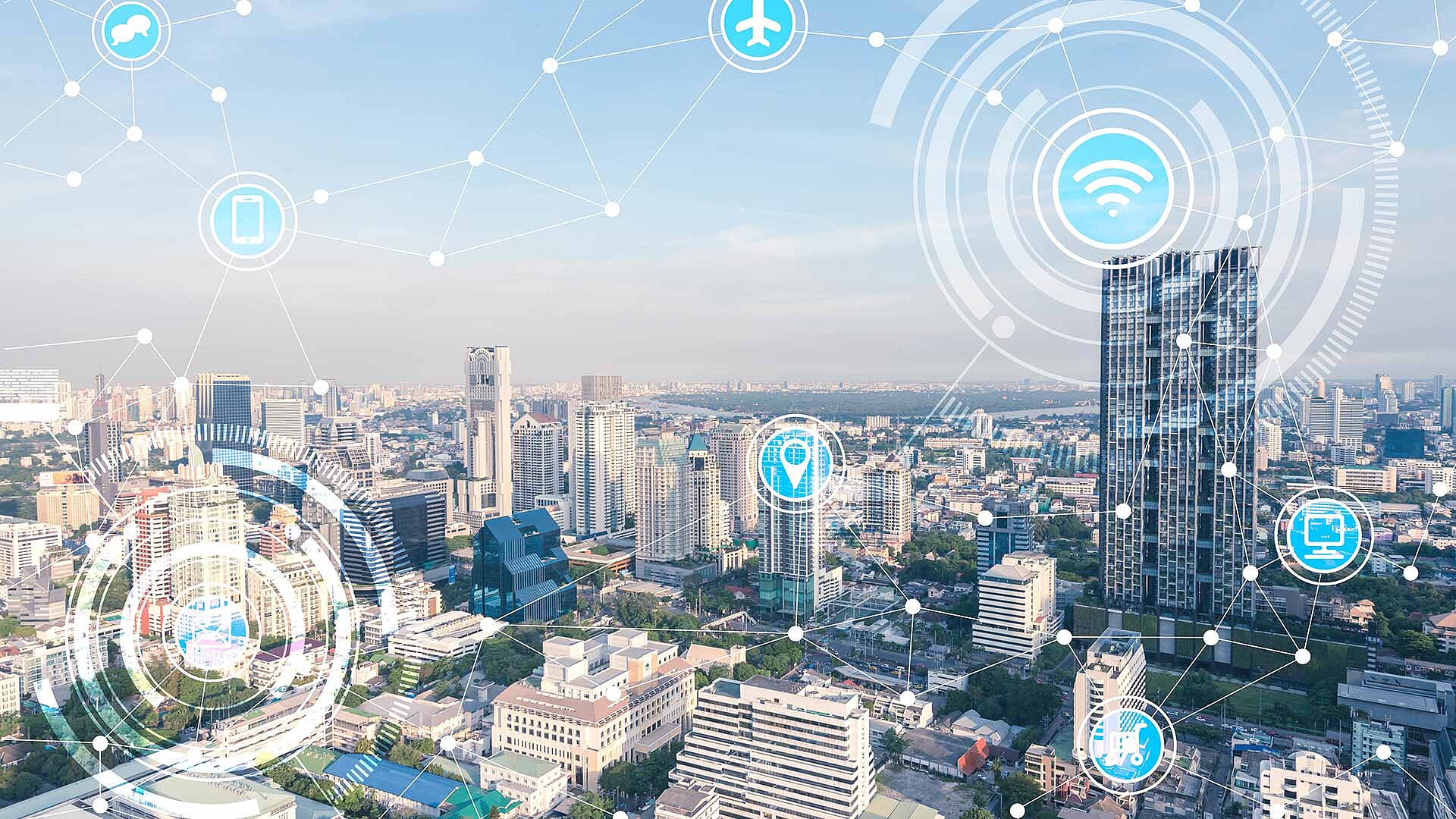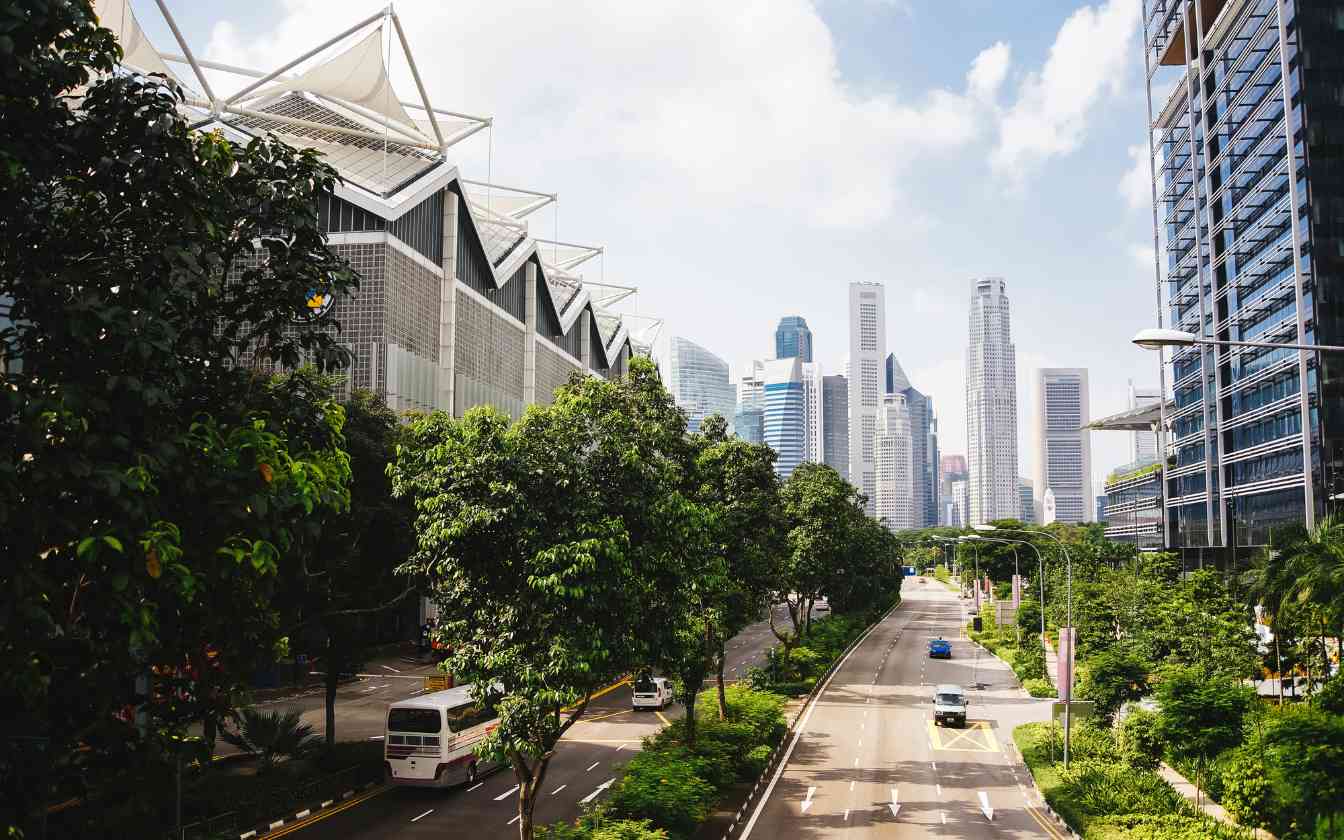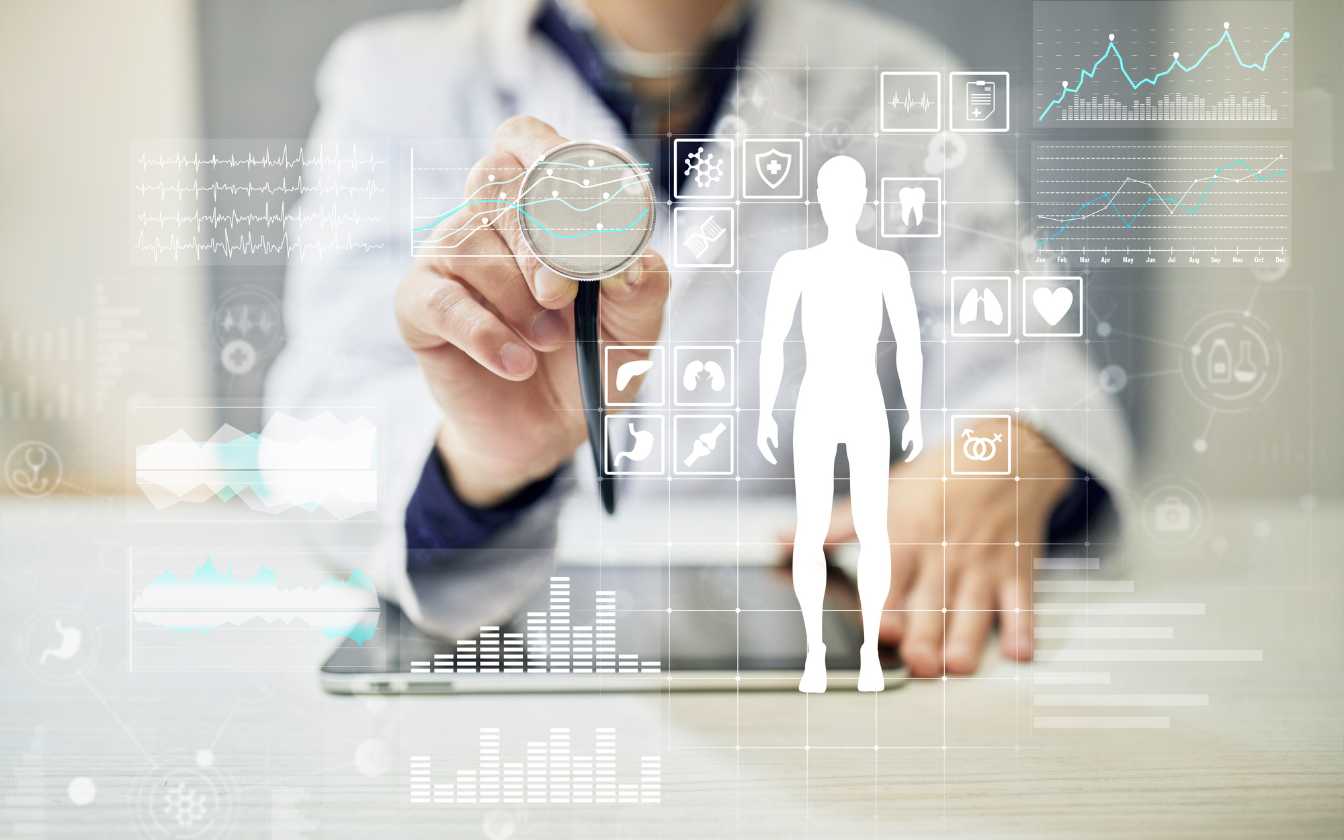
3 areas of research
Sustainable City - Health - Innovation and Society
The central theme : the sustainable city
Its characteristics and the related challenges
Energy efficiency
Safe and resilient
Smart and connected
Humans at the centre of issues
Research missions at ESIEE Paris place humans in a key position, at the centre of issues, in an environment undergoing immense change: digital, environmental and economic
The theme of health and its importance in cities (environment, pollution, personal well-being, disability support) is also firmly anchored in the scientific issues tackled by ESIEE Paris faculty members.
ESIEE Paris provides its expertise in this area to respond to these challenges:
- Digital technologies, including datascience, cybersecurity and artificial intelligence for data processing
- Physics of sensors and microsystems for monitoring the environment and people
- Embedded systems and their optimisation to develop autonomous systems and connected objects (IoT)
- Innovation management, to offer tools to understand the growth caused by digitalisation in our world
Sustainable city
The aim of I-Site FUTURE and Université Gustave Eiffel is to invent the cities of tomorrow. These cities must guarantee quality of life for users. It must be capable of understanding and managing urban risk. It must also offer services that improve its social, environmental and economic performance, using digital technology.
The synergy between digital technology and sustainable cities has sparked a multitude of projects and new, original research themes, to which ESIEE Paris can contribute in the areas of sensors, data processing, flow management and optimisation of buildings and structures for better energy management.


Health
ESIEE Paris faculty members participate in research programmes in the area of health, in close collaboration with companies and various university hospitals (CHU). 2 partner laboratories : LIGM laboratory, with the development of image processing algorithms, and of the ESYCOM laboratory, with the design and creation of innovative microsensors for the environment and health.
These activities fall under two themes: Medical imaging and Sensors and instrumentation for health.
Innovation and society
The convergence between hard science and social and economic science is represented at ESIEE Paris by research activity in innovation management and technological change management.
It is characterised by a range of themes and disciplines that combine management science (finance, entrepreneurship, marketing, strategy, project management, etc.), economic and social science (industrial and innovation economy, international economy, space economy, etc.) and management of new technologies (practices and knowledge of information science, materials science and living science), including in cutting-edge sectors like nanotechnology.

The Paris-Est-Sup COMUE context
ESIEE Paris is a member of the east Ile-de-France higher education and research community, Paris-Est Sup. This COMUE coordinates 16 institutions at the territorial level and supports the emergence and development of new academic and scientific projects. It includes the following establishments: Université Gustave Eiffel, Université Paris-Est Créteil Val de Marne, Ecole des Ponts ParisTech and Ecole Nationale Vétérinaire d’Alfort.
On a more local level, on the Descartes campus where the school is located, ESIEE Paris contributes greatly, specifically with active participation in multiple excellence initiatives that are certified as part of the Investments for the Future Programme (PIA), run by the National Research Agency (ANR):
Sense-city facility of excellence - Sensors and sustainable city
SITES Laboratory of Excellence - Science, innovation and technology in society
Bézout Laboratory of Excellence - Models and algorithms: from discrete to continuous
MMCD Laboratory of Excellence - Microstructure materials for sustainable construction
EFFICACITY Institute of Energetic Transition (ITE)
Key figures
59
faculty members in the programme Research
1
ERC Starting Grant for an ESIEE Paris researcher
70
PhD students supervised by ESIEE Paris faculty members